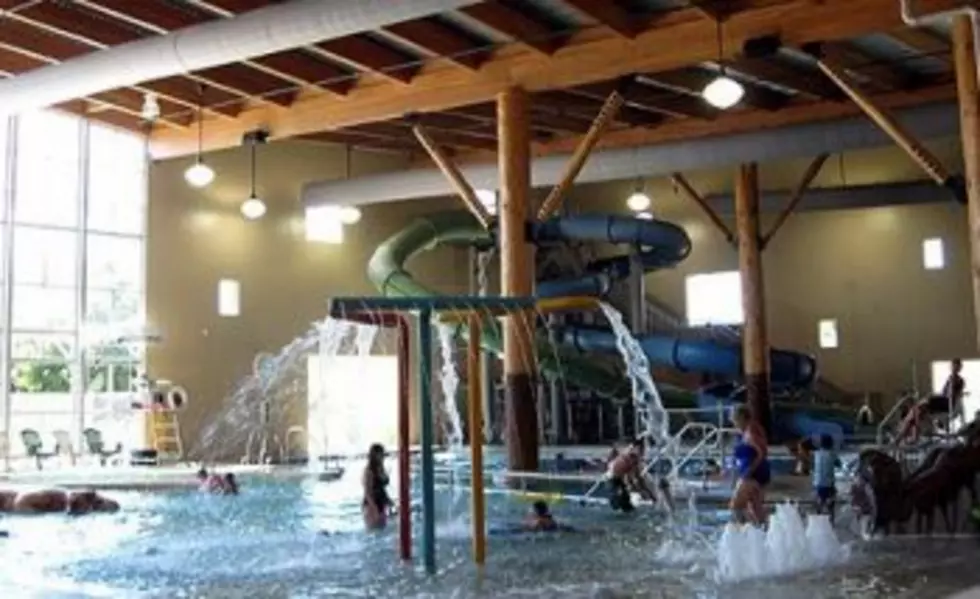
Preamble to a bond? Missoula council approves design contract for community center
Saying it needed a plan before taking the next step, members of the Missoula City Council this week approved a $120,000 contract with a local architect to design a proposed community center in McCormick Park.
While the cost of the contract with MacArthur, Means & Wells is covered by existing impact fees, opponents of the design process fear it will lead to another general obligation bond and leave taxpayers with ongoing costs.
Supporters, however, say a variety of funding sources could be found to complete the center, and that plans are needed before that conversation can take place. The project has a "place-holder" cost of around $17 million.
“Like almost every single park project I've been part of since 2002, there's seldom a funding mechanism identified before the project is envisioned,” said parks director Donna Gaukler. “I anticipate like any project, there will be multiple funding sources. It could be a capital campaign to public funding to park district to grants."
Gaukler said a community center was included as a vision in the 2004 McCormick Park Master Plan and has appeared in numerous other city plans. The Currents Aquatics Center represented the first phase of the proposed community center and opened in 2006.
As envisioned, the next phase of the project would sit to the north of Currents and offer additional indoor recreational space and services. Advocates of the project say such space is needed, even if other spaces exist through the city.
“Because Missoula is doing so well and attracting new businesses, we're losing a lot of spaces once available to us for recreation spaces and for dances,” said project supporter Mike Sweet, who also co-chaired the aquatics bond effort. “Many of those spaces are being redeveloped for business, which is great, but it does pinch our opportunities.”
Gaukler said a planning process was developed in January to design the community center and begin gathering input from the community. The contract with MMW includes a conceptual design for the center, programming recommendations, a project budget and public involvement.
“We think there's plenty of energy in this community,” said Gaukler. “It's too early to be definitive (on funding sources). The public will ultimately decide whether this is something that's essential to the community, just as they did with the library and aquatics.”
Past projects envisioned by their supporters resulted in a number of general obligation bonds to help fund their completion. In 2016, voters approved a $30 million library bond and in 2017, a $42 million parks and trails bond.
Those were followed in 2019 with the passage of a $15 million open space bond. Other bonds have included a $70 million high school bond, an $88 million elementary school bond, a $1.2 million bond to cover a county lawsuit, and bonds to build a jail and the Currents Aquatic Center, among other things.
While supporters of those projects often point to the minimal cost to a household ranging from a few dollars a year to around $100 a year, critics contend that the mounting costs of each bond are adding up, and that the cost of housing in Missoula makes another bond unsavory, even if the project meets a community need.
“I have concerns over the future funding,” said council member Jesse Ramos. “I would be willing to bet this will cost the taxpayers more than $17 million. Right now, we just can't afford this as a community. The cost of living in this city has gone up astronomically.”
Ramos and council member Saundra Vasecka were alone in expressing concerns over future costs to the taxpayers. All other council members approved the design contract, saying funding the project could be a discussion for another time.
“We don't have all the funding figured out on this,” said council member Amber Sherrill. “Sometimes you have to envision things and spend money to figure out what the plan is going to be. Then you get to the point of complexity on how you fund things.”
